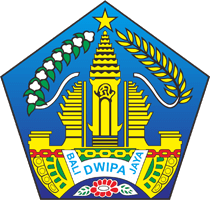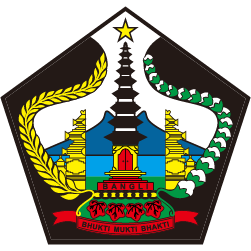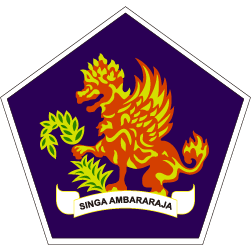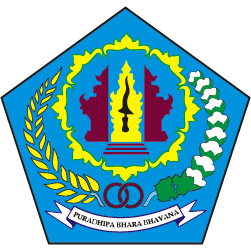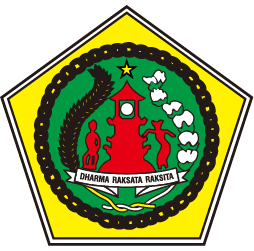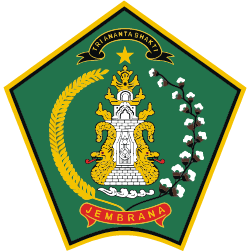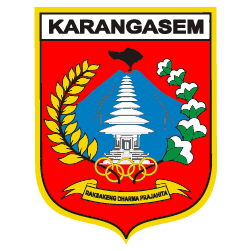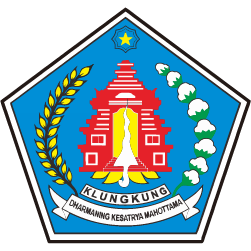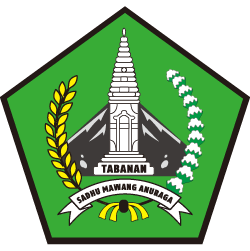How The Balinese Marking Time With 'Tetenger' Tradition
How The Balinese Marking Time With 'Tetenger' Tradition.
Time is a symbol of movement in life. Modern people use clocks, while the Balinese people use tetenger. Even though people rarely use it today, but the tradition is very meaningful.
Tetenger in traditional Balinese society uses animal sounds and movements of the sun's appearance from Earth to recognize time. The sun is used because the moon is not always visible. For example, during tilem or when the rotation of the moon away from one point on the Earth. While at the full moon, the moon will look rounded and bright.
The sound of crowing roosters and the sound of birds in the evening is used to mark the time of Sirep Rare, which is at 20:00 - 21:00. While the Sirep Agung marks a time of rest or sleep. The majority, Sirep Agung is used as a sign of time to fall asleep after a day of working in the fields, which is at 23:00 – 24:00. At this time, people are going to sleep.
Furthermore, the morning is called pelimunan, or also called galang kangin by some people, by referring to the position of the sun at the time it starts rising. In some areas such as North Bali, Klungkung, and Karangasem, mention the time of sunrise with semengab. Different from the people who live in Badung Regency. The people who live in this regency call the morning with semeng.
There is also a mention based on reference to the movement of the sun. Namely ndagi which is composed of two words, ‘ndag’ which means rising and ‘ai’ means the sun. The movement of the earth around the sun becomes knowledge that was discovered long ago. During this era, astronomy also developed.
Furthermore, the Balinese tradition mentions Seng Kangin when the hands show the time of 08:30 to 11:30. At that time, the sun seemed to lean to the East. Seng means skey, and kangin means east.
At noon, when the sun appears in the middle of the sky is called Tengai Tepet. In Balinese, tengai is composed of two words 'teng' and 'ai'. ‘Teng' means middle, while 'ai' means the sun. Another variation, when the sun is blazing hot is called Bajegai, 'Bajeg' means upright.
When the sun begins to look toward the West, which is at 13:00 – 15:30, it is called neduhang. While at dusk, when the sun looks orange, it is called ngelingsirang, derived from the word lingsir.
Finally, the two-time meeting is called Sandikala. At the time of Sandikala, the clock shows the time from 18:00 to 19:00. This time is also called ngeremeng which means between visible and not visible.
If examined based on modern thought, it doesn’t feel effective. However, tetenger encompasses astronomy, while relying on meditative experience. Traditional Balinese people observe anything that is captured by the senses to determine the time. It’s very philosophical.





